How to Improve Packaging Efficiency with Cotton Baling Film
2025-05-21
Efficient cotton baling is critical for reducing labor costs, minimizing material waste, and ensuring safe transportation. Here are key strategies to optimize packaging efficiency using cotton baling film:
1. Choose the Right Film Specifications
-
Thickness & Strength: Select a film with adequate thickness (e.g., 25–50 microns) to prevent tears while avoiding excess material that slows down wrapping.
-
Pre-Stretched Films: These films offer better load stability and reduce the number of layers needed, saving time and material.
2. Optimize Baling Machine Settings
-
Tension Control: Proper film tension ensures tight wrapping without overstretching or breakage.
-
Rotation Speed: Adjust machine speed to balance wrapping time and film usage efficiency.
-
Layer Overlap: Set an optimal overlap (typically 50–70%) to secure the bale without wasting film.
3. Use Automated or Semi-Automatic Wrapping Systems
-
Automatic Baling Machines: Reduce manual labor and ensure consistent wrapping quality.
-
Robotic Arms: For large-scale operations, robotic systems can wrap bales faster and with precision.
4. Improve Loading & Handling Processes
-
Uniform Bale Shapes: Consistently shaped bales wrap more efficiently than irregular ones.
-
Conveyor Systems: Integrate conveyors to streamline bale movement between compression and wrapping stations.
5. Train Operators on Best Practices
-
Teach workers proper film-loading techniques to minimize downtime.
-
Encourage regular machine maintenance to avoid breakdowns.
6. Monitor & Reduce Film Waste
-
Track film usage per bale to identify inefficiencies.
-
Use film dispensers with cutters to minimize excess trimming.
7. Consider Environmental Factors
-
Store film in a cool, dry place to maintain its elasticity and strength.
-
Avoid wrapping in extreme temperatures, which can affect film performance.
You Might Also Like
-
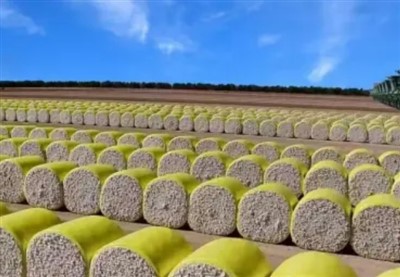
what are the advantages of cotton packaging film
-
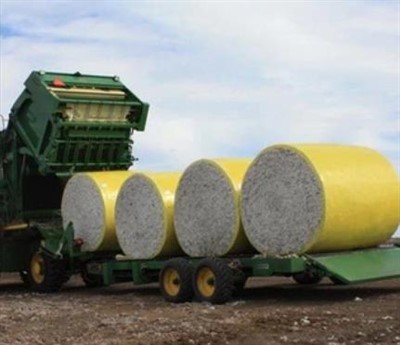
The Advantages of Cotton Wrap Film
-
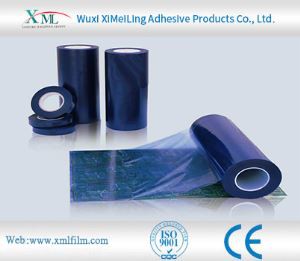
How does pe protective film cope with high temperature environment
-
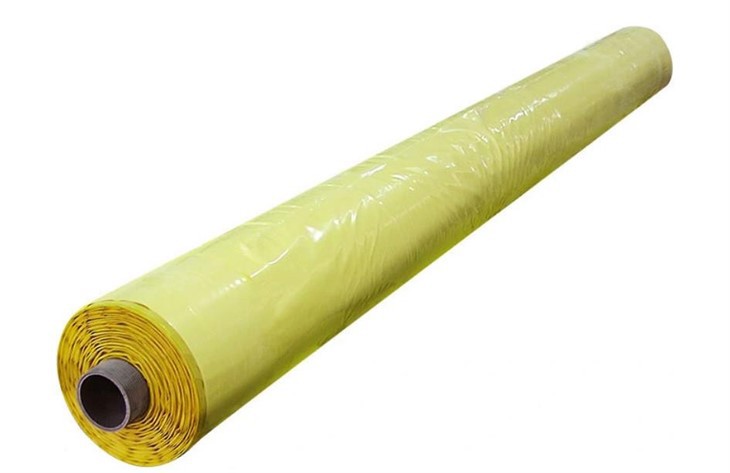
Advantages of Cotton Bale Wrap Film
-
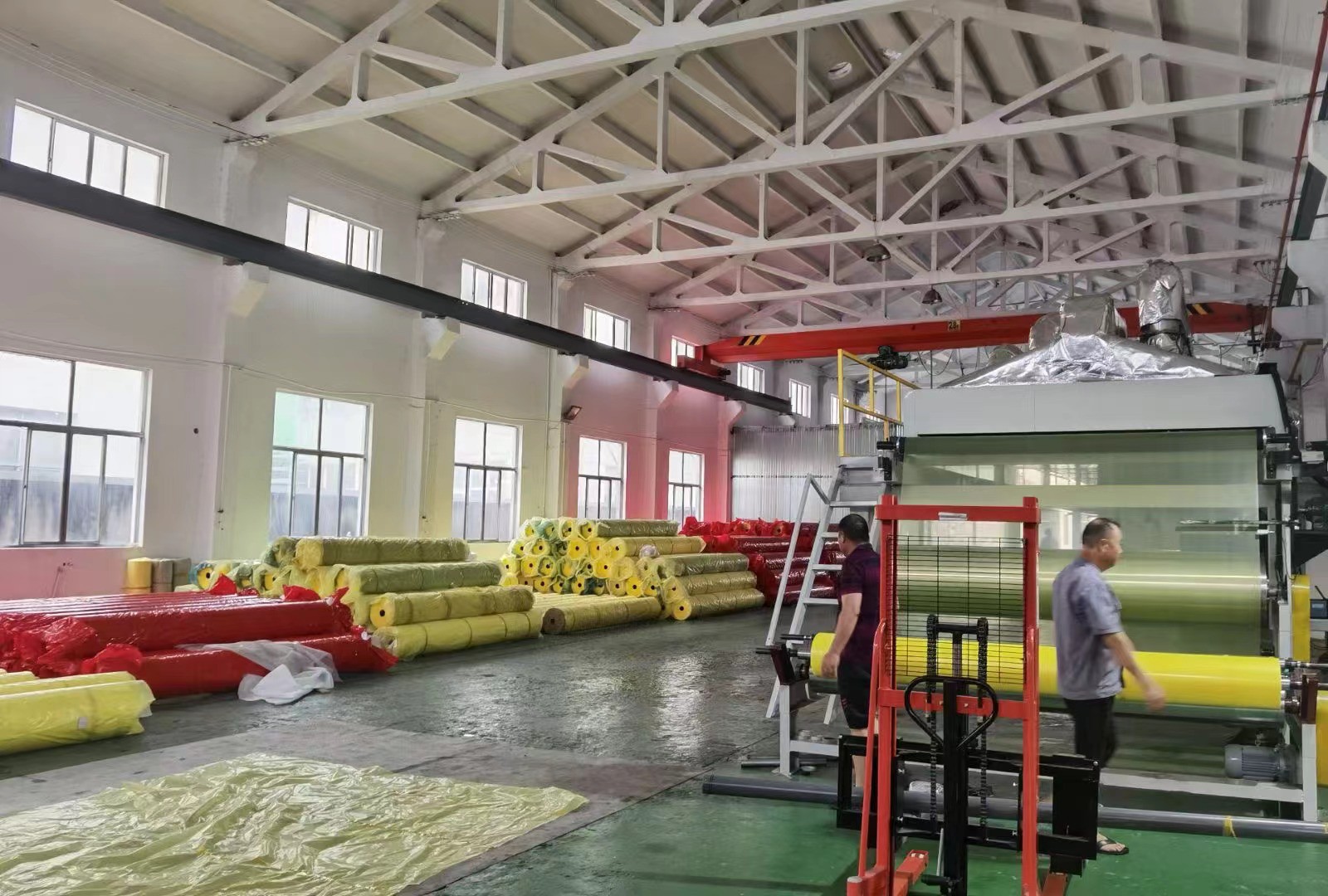
Storage method of cotton bale wrap film
-
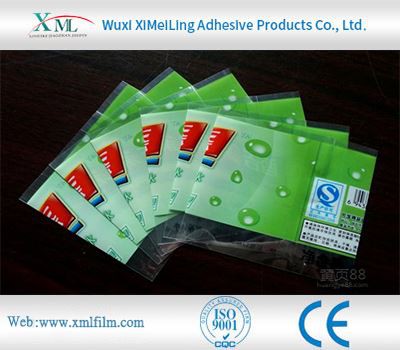
How Polyethylene Packaging Material Copes with High Temperature Environment
